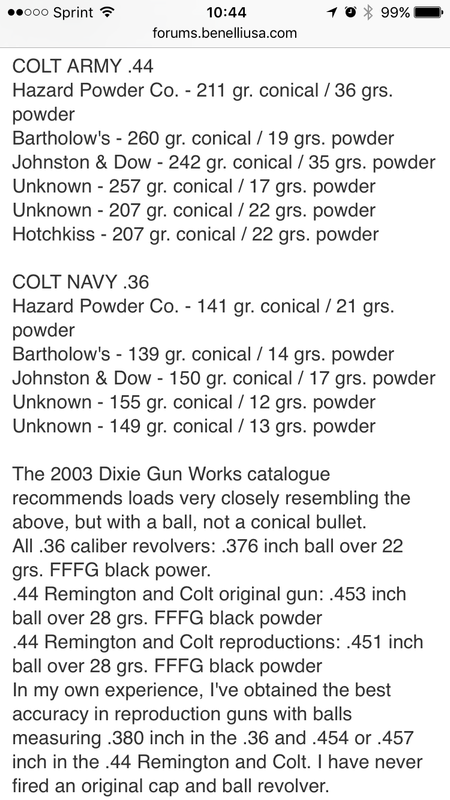Modern steel? Although the steel Remington and Colt were using by the late 50's and into the 60's isn't all that different from what repro's use today (their heat treatments were generally better, because the stuff they were producing then weren't treated as novelties lol). "just fill up the chamber and smash a ball on top" is a pretty common way of doing it, and especially with a ball, should be safe, as those pistols are proofed (CIP proofing loads for BP cartridges and percussion revolvers are similar, and basically boil down to: "pack as much powder in as you can, with the heaviest projectile that's going to be used, and light that puppy off... if it doesn't bulge or blow, you're good." of course, that implies the maker of the gun proofed in accordance with CIP standards lol (insert Traditions Spanish proof-marks that attest to mouse-fart loads lol). With BP, I wouldn't worry about it too much, considering no more than you can fit in the chambers. Pyrodex, being enhanced BP, has a slightly longer moment of force, but is still somewhat similar to BP (enough that with the limited amounts used, probably no biggie). 777, on the otherhand, has a significantly longer moment of force than BP, plus it is significantly denser than BP, so be verrry careful with that stuff, and work your way up. I would say, without testing, if you can get 4F granulation powder, you can probably replicate the Hazard powder loads, and if you use the P (which I think is the finest granulation of pyro) grade Pyro, you will probably get close to the same velocities, due to the addition of Potassium Perchlorate to the BP. You are just going to have to test it, just be careful.
Some one who knows for sure- Is pyrodex notably denser than BP? I think it is, but I don't mess with it all that much, so IDK for sure? if it is, that may also explain why his charges weigh so much?







